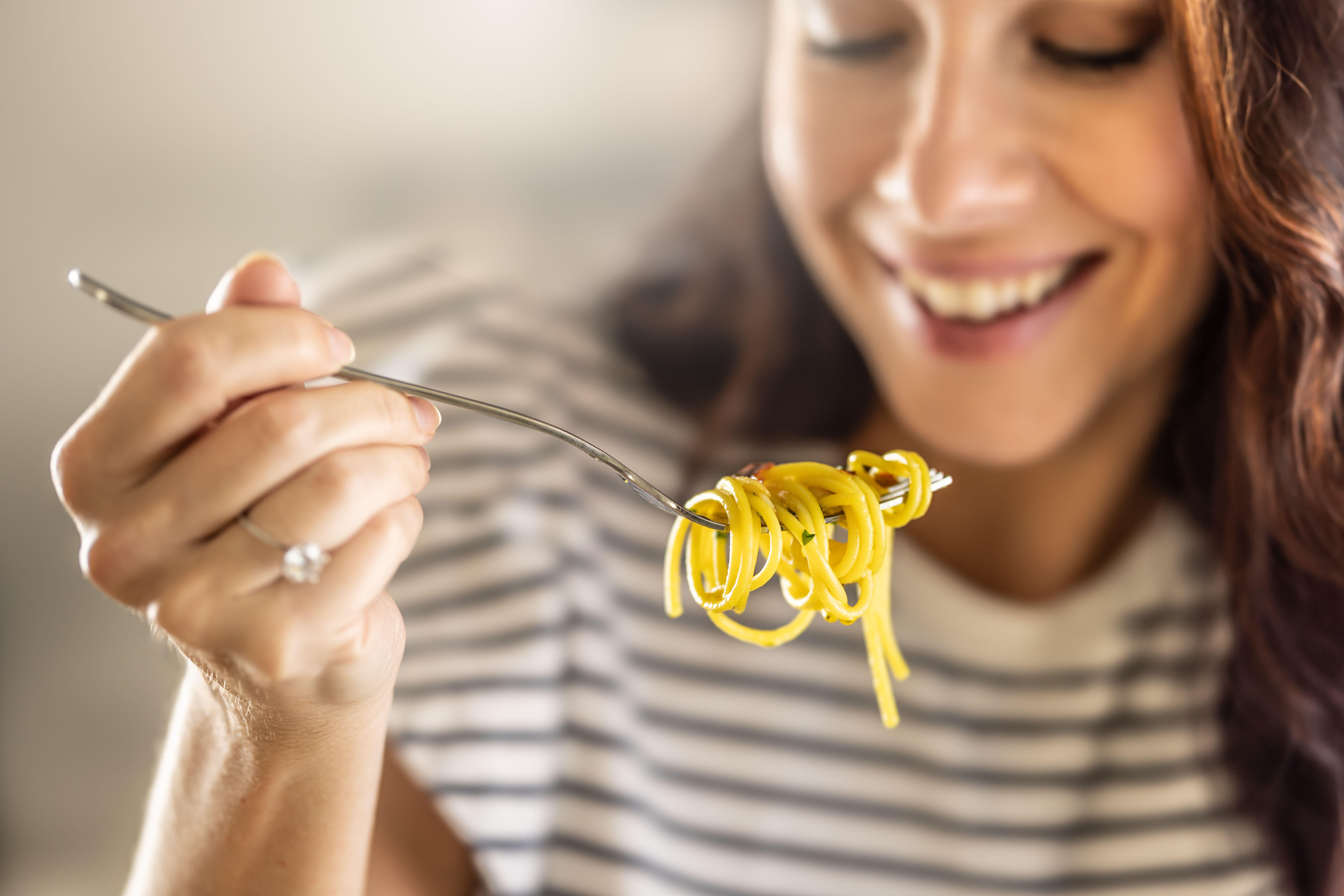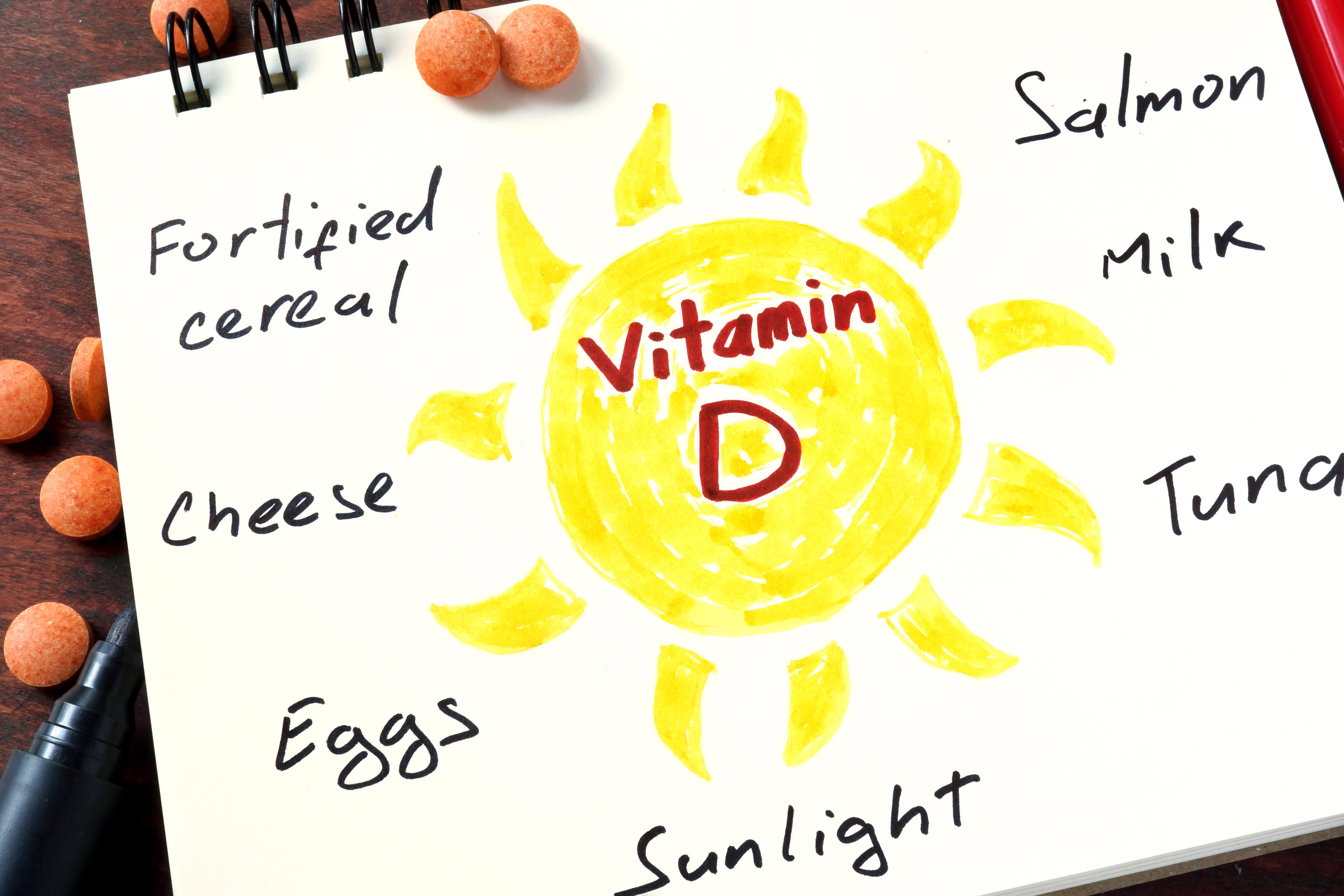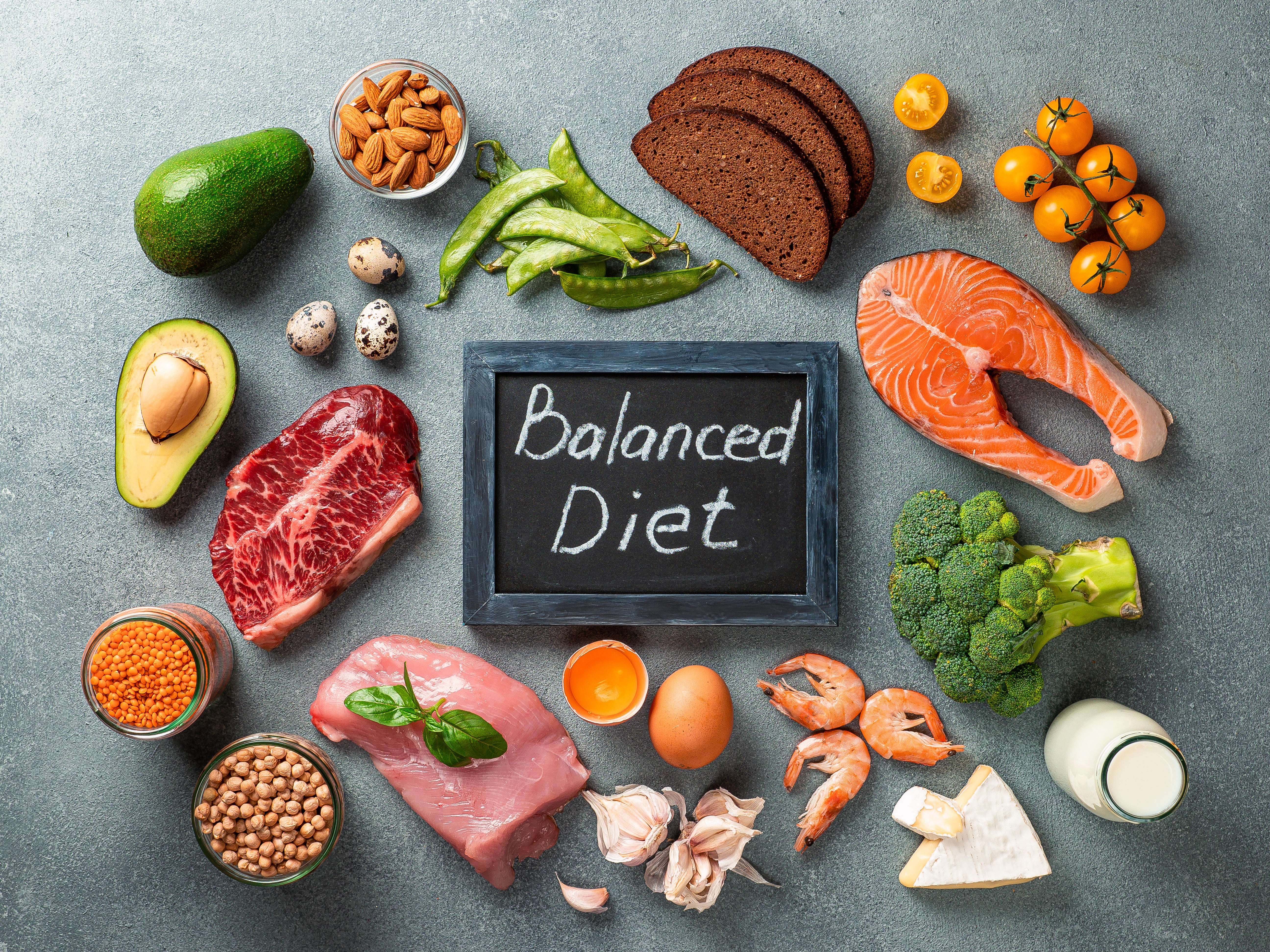The science behind why you crave different foods in cold weather
It’s the return of pumpkin spiced season

When the leaves begin to drop our food preferences and cravings tend to change.
The return of pumpkin spiced lattes and hearty soups often pique our interests for warmer, more comforting foods this time of year.
But what are the reasons behind these cravings, and what should we be fuelling our bodies with during the transition from summer to autumn?
What foods/food groups do we crave more as the <strong>weather</strong> turns cooler?
“As the weather turns cooler, we tend to crave warmer, cosier and comforting foods,” says Dr Carrie Ruxton, dietitian at the Health & Food Supplements Information Service. “So, hearty stews and soups may come to mind or we may be more likely to treat ourselves with extra snacks or drinks.”
What impact do these foods have on our body?
Many of our favourite comfort foods are high in sugar and carbohydrates, which can impact our hormone levels.
“Seeking out and eating foods higher in carbohydrates or sugar can trigger the release of dopamine in our brains,” says Ruxton. “This gives heightened feelings of pleasure, and the more dopamine that is released the more pleasure we feel.”

Dopamine is our motivation hormone, so it drives us to repeat specific actions that the brain deems as rewarding, explains Rosie Carr, a dietitian at Second Nature.
“Eating foods rich in sugar in colder weather will feel highly rewarding, and we’re more likely to repeat this action in the future,” says Carr. “Dopamine will act as the main driver developing the association in our brain between cold weather and energy-dense foods like pastries, doughnuts, or hot chocolates with marshmallows and cream.”
Eating highly palatable, high-sugar comfort foods can also stimulate the release of endorphins.
“These are chemicals released by the body to help reduce stress which can temporarily improve mood,” explains Ruxton. “However, eating other enjoyable, nutrient-packed foods such as a slow-cooked vegetable stew could also release endorphins.”
What are the reasons behind these cravings?
The drop in temperature during autumn can intensify our hunger.
“When the body is exposed to cooler temperatures, our energy expenditure (the amount of calories we burn) can increase to help our bodies maintain its core temperature,” explains Carr.
“This is an increase in energy expenditure can lead to increased hunger.”
“However, with central heating and warmer clothing, most people aren’t consistently exposed to colder temperatures during winter, so an increase in energy expenditure is unlikely.
“So, the main factors influencing our cravings in winter are more likely to be habit, environmental cues, and cultural norms around the season.”
What do our bodies need this autumn, in terms of food and nutrition?

The reduction of sunlight during autumn means our bodies might not be getting the amount of vitamin D that it needs.
“Vitamin D is an important winter nutrient as we cannot make enough vitamin D for our bodies during this time, as the sun is too low in the sky,” explains Ruxton. “There are only a few foods, such as egg yolks, oily fish, red meat and fortified cereals, that provide vitamin D, so this is one nutrient where it is vital to top up with a supplement.”
Ruxton also recommends eating a varied diet to help bolster immunity in the lead up to winter.

“Nutrients for immunity (immunonutrition) are also important during the winter months,” says Ruxton. “Dietary patterns, as opposed to single nutrients or single foods, are important for reinforcing immunity. We should be aiming to eat diets that are as varied as possible. ”
For Carr, a good balanced diet encompasses high-quality protein sources (fish, meat, eggs, tofu, cheese), fat from whole foods (nuts, avocado, dairy products), high-fibre carbohydrates (brown rice, sweet potato, pumpkin and lentils) and an assortment of colourful fruit and vegetables.
What type of foods should we be avoiding this autumn?
“Comfort foods that are high in salt, sugar and fat should be eaten less often and in small amounts,” advises Ruxton.
However, everything is okay in moderation.
“We don’t need to avoid these foods altogether; life would be very dull if we restricted ourselves only to whole foods,” says Carr. “However, if we eat whole foods most of the time, we can enjoy the odd dessert mindfully and without guilt.
“If you’re still craving something sweet, try swapping in a healthier option like apple and peanut butter, or Greek yoghurt with berries.”